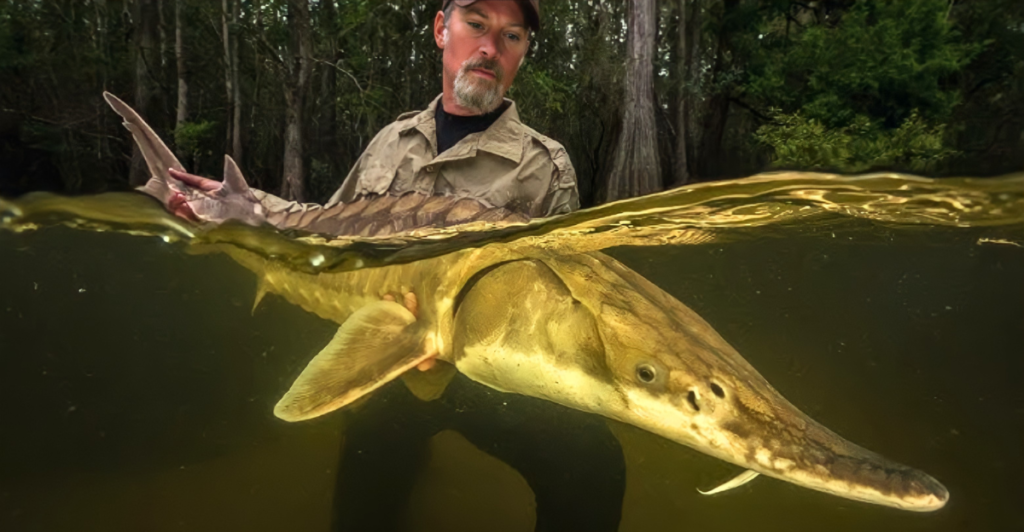
When most people think of Kansas, they picture wide-open plains, rolling prairies, and endless skies. What they don’t picture? The fact that some of the state’s most incredible animals are disappearing—fast. From rare amphibians to majestic birds, these 12 species are on the verge of extinction, and if we don’t act soon, they might be gone forever.
1. Lesser Prairie-Chicken
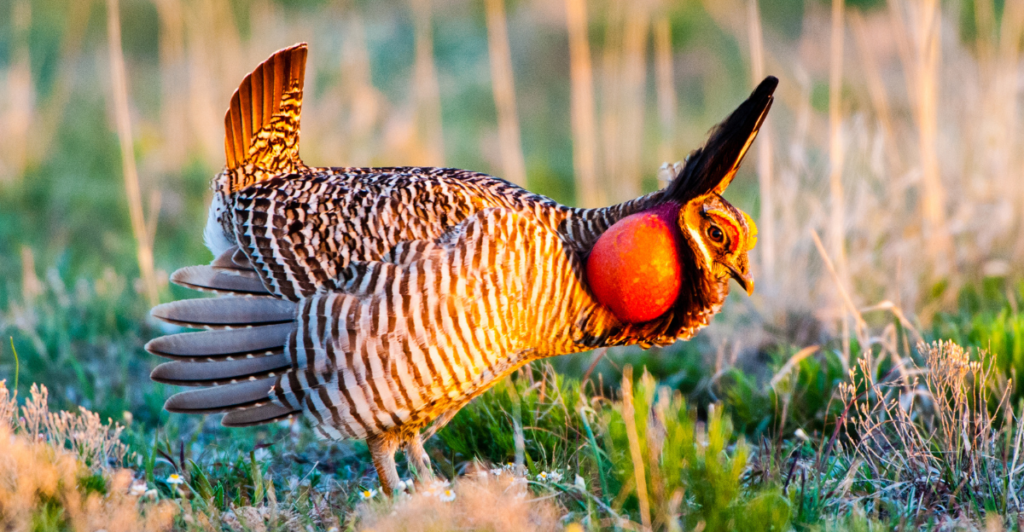
The lesser prairie-chicken, once a common sight in the Kansas grasslands, is now struggling to survive. Habitat destruction due to agriculture, oil drilling, and climate change has shrunk its population by nearly 90% in the last century. Without urgent conservation efforts, this iconic bird may soon disappear completely from the Great Plains.
2. Topeka Shiner
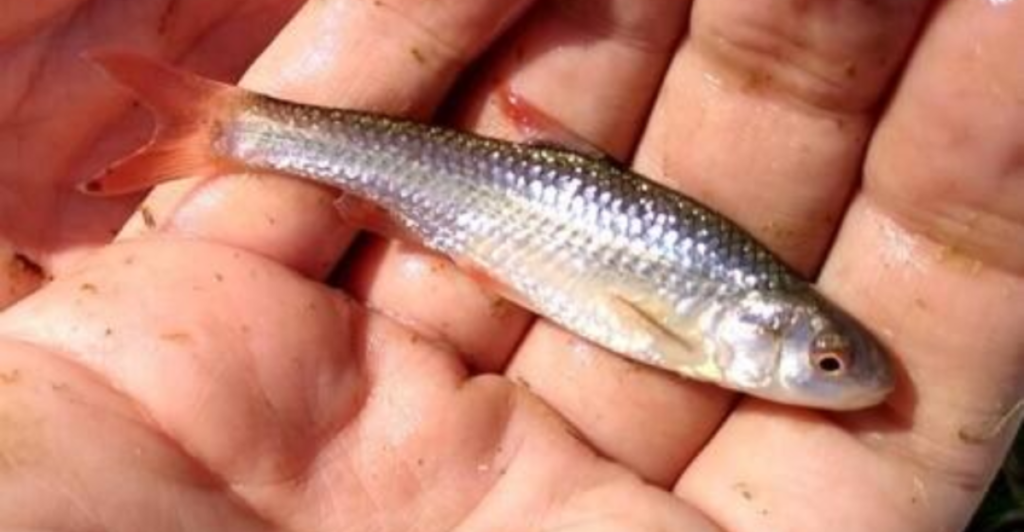
This tiny silver fish was once plentiful in Kansas’ freshwater streams, but now, pollution, water diversion, and habitat destruction have sent its numbers plummeting. Once a key player in the ecosystem, the Topeka shiner is now fighting for its life, and conservationists are racing against time to restore its home waters.
3. Eastern Spotted Skunk
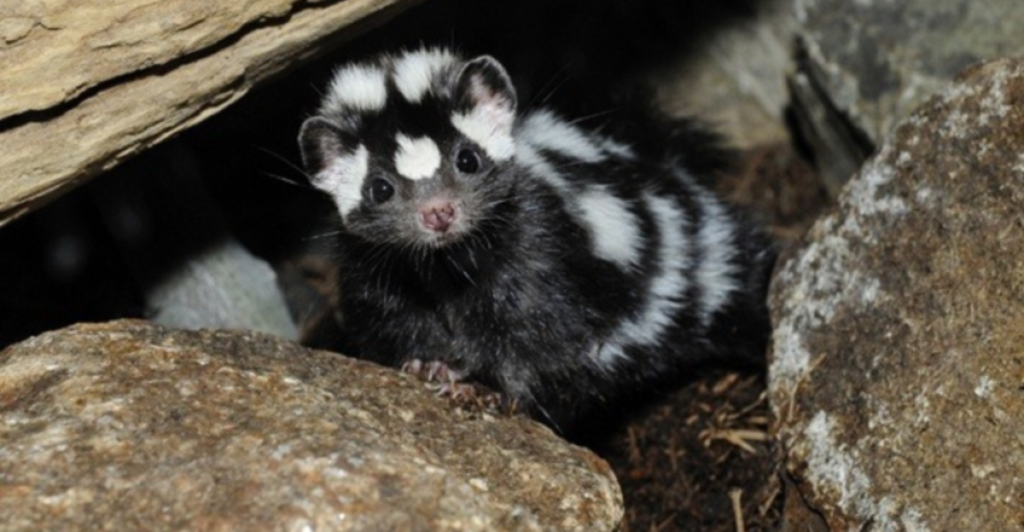
Unlike its more famous striped cousin, the eastern spotted skunk is a shy, elusive creature that’s rarely seen. Once common across Kansas, its population has declined due to habitat loss, pesticide use, and road deaths. If trends continue, this little-known skunk could vanish without most people even realizing it was in trouble.
4. Black-Footed Ferret
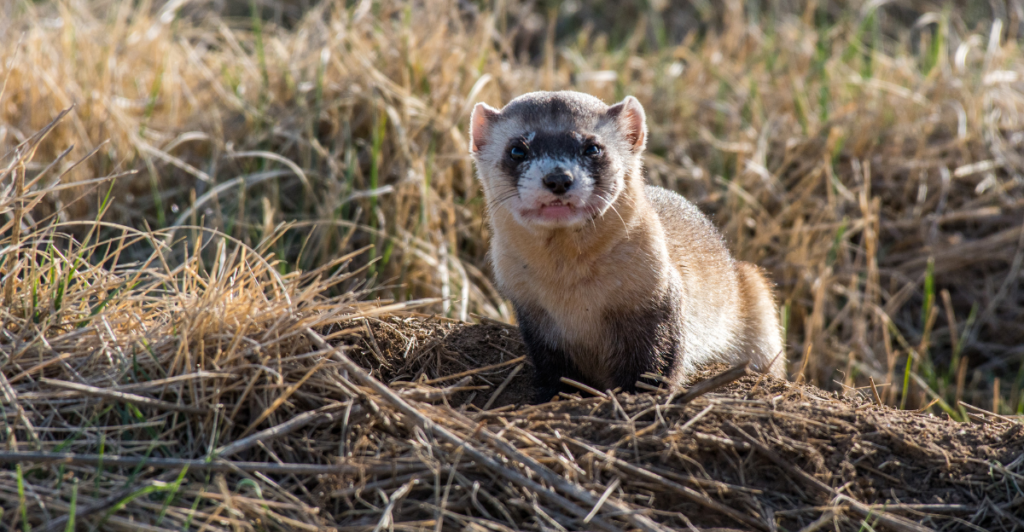
Once thought to be completely extinct, the black-footed ferret was rediscovered in the 1980s and has been part of an intensive breeding program. While efforts to reintroduce them in Kansas have seen some success, the loss of prairie dog colonies (their main food source) continues to threaten their survival. Without stronger protection measures, this species could slip back into oblivion.
5. Whooping Crane
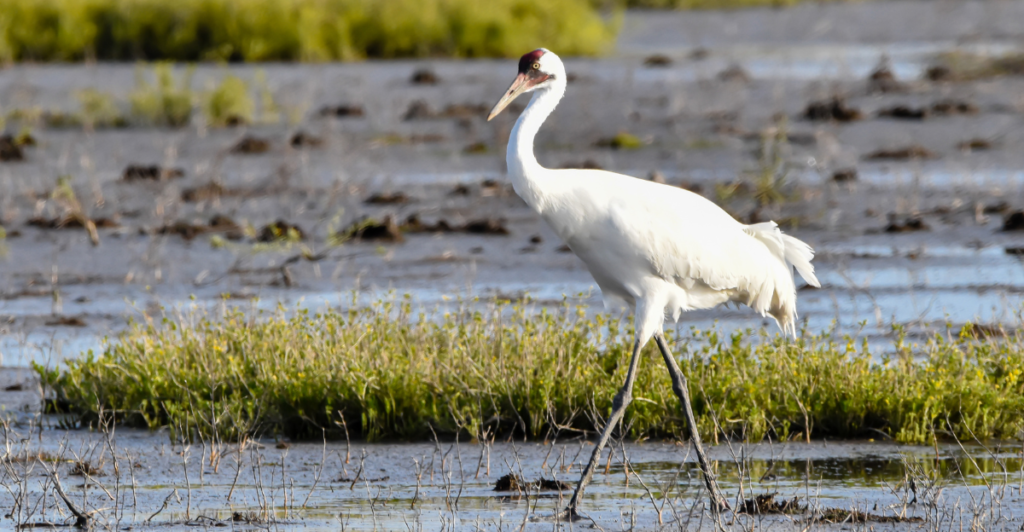
Standing nearly five feet tall, the whooping crane is one of North America’s most striking birds. But with only about 800 left in the wild, it’s also one of the rarest. These birds migrate through Kansas on their way to breeding grounds, but wetland destruction and climate change are making their journey more dangerous than ever.
6. Massasauga Rattlesnake
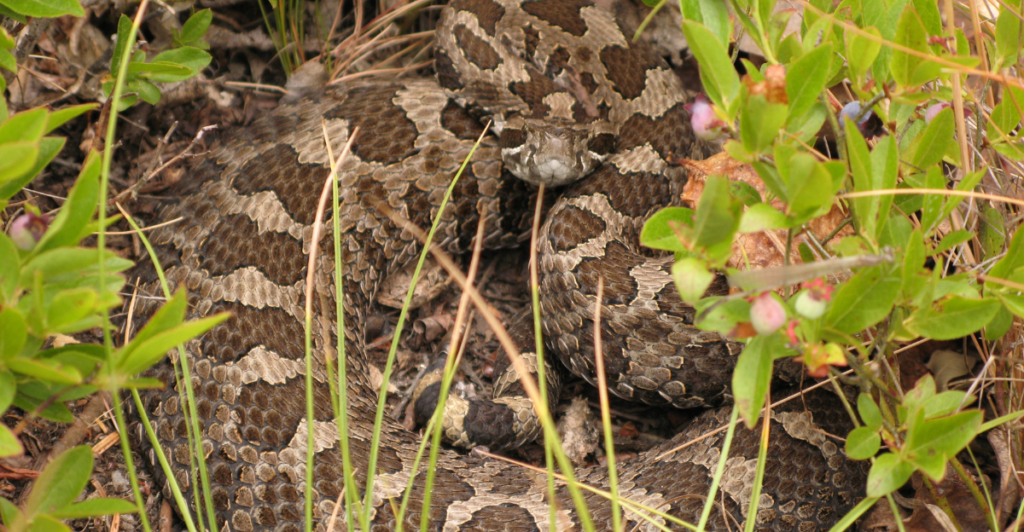
This small but venomous rattlesnake has seen its habitat shrink drastically due to land development. Unlike its larger cousins, the massasauga is secretive and rarely seen, but its numbers have been dropping at an alarming rate. Conservationists warn that without action, this native Kansas snake could become a thing of the past.
7. Arkansas River Shiner
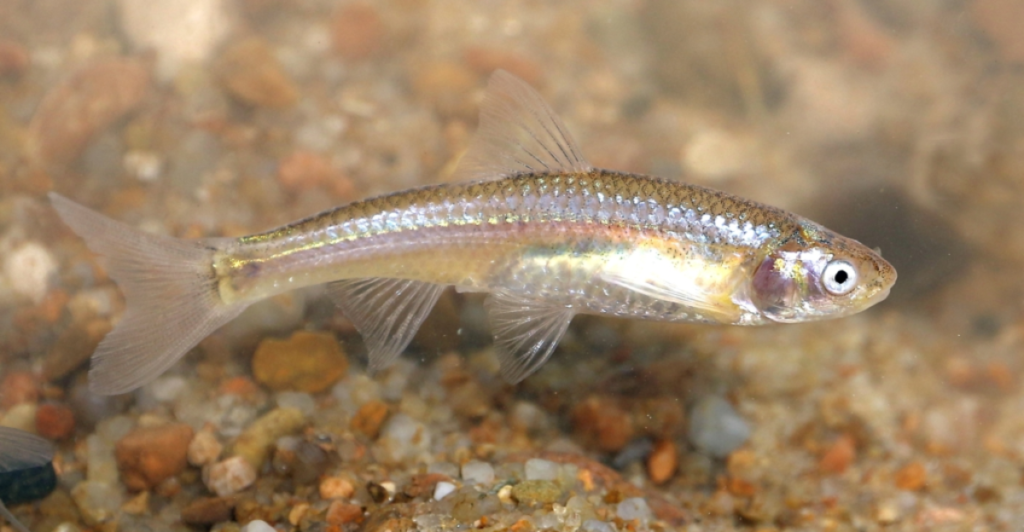
This tiny fish once thrived in the Arkansas River and its tributaries, but changing water flow, pollution, and habitat loss have pushed it to the brink. With populations now isolated and dwindling, the Arkansas River shiner’s future looks bleak unless stronger protections are put in place.
8. Western Prairie Fringed Orchid
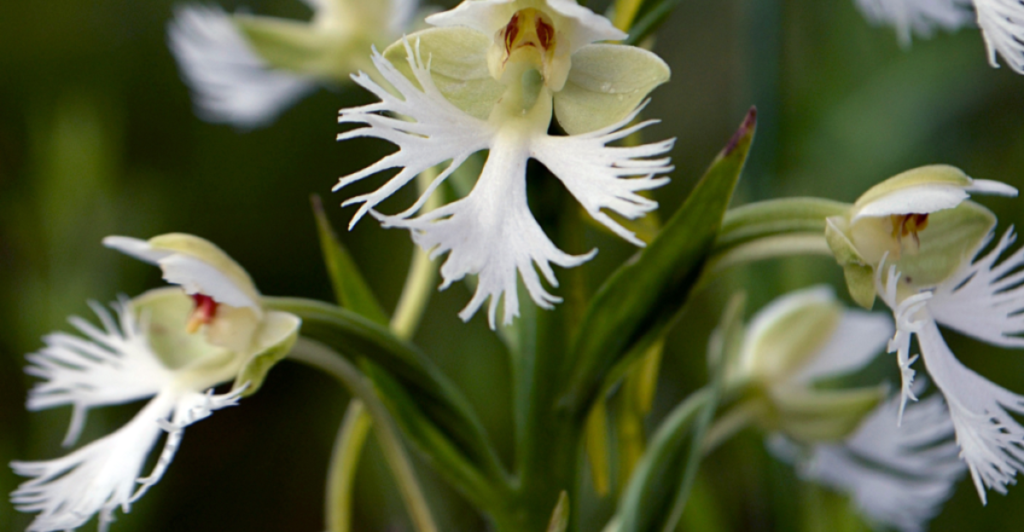
Okay, it’s not an animal, but hear us out. This rare prairie orchid plays a vital role in Kansas’ ecosystem by providing nectar for pollinators. However, agricultural expansion and land degradation have made it one of the state’s most endangered plants. If it disappears, the creatures that rely on it could be next.
9. Plains Minnow
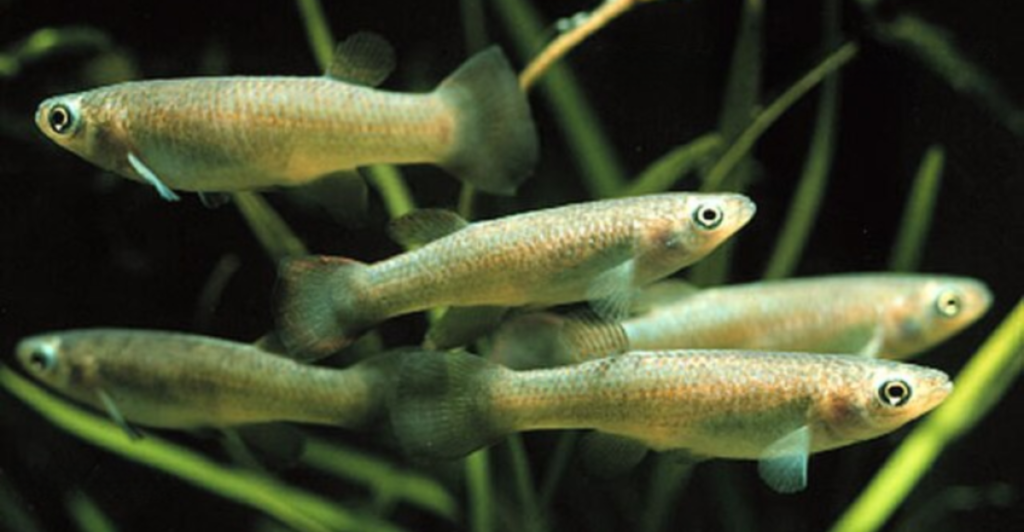
The plains minnow was once one of the most abundant fish species in Kansas waterways. But now, thanks to waterway modifications, drought, and pollution, its population is in serious decline. As this small but important fish struggles, so do the many species that rely on it as a key food source.
10. Northern Long-Eared Bat
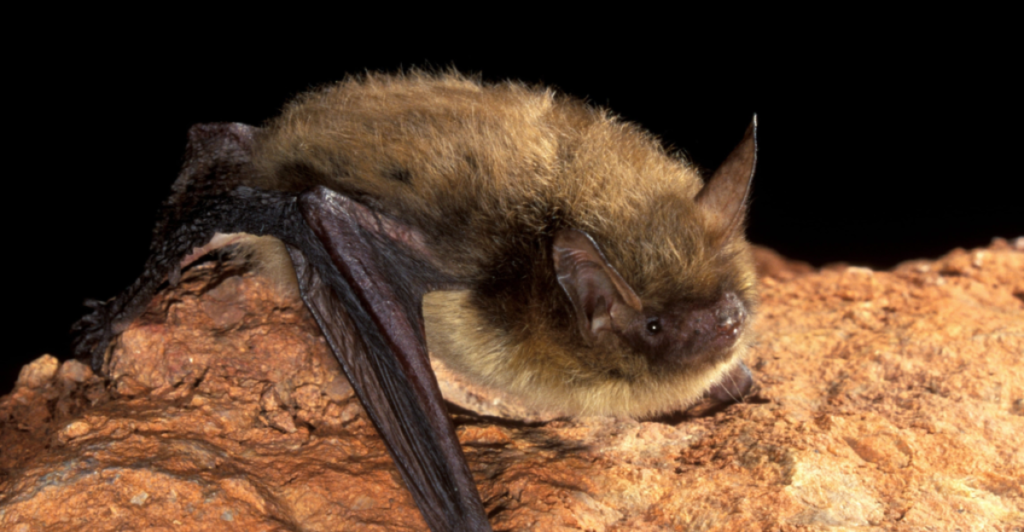
Bats might not get the love that other animals do, but they’re essential for controlling insect populations. The northern long-eared bat has been devastated by white-nose syndrome, a fungal disease that has wiped out bat populations across North America. With its numbers dropping fast, this bat is now one of the most endangered mammals in the state.
11. Alligator Snapping Turtle
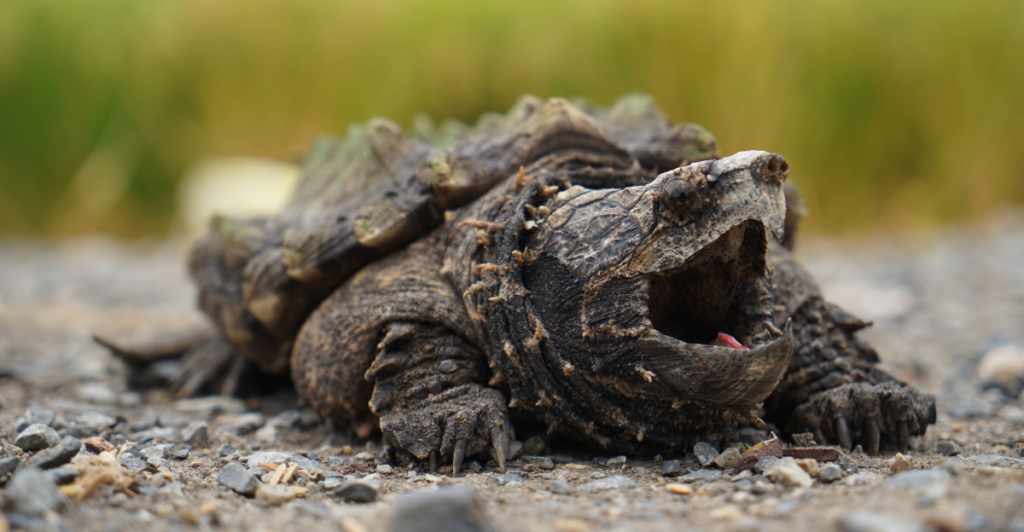
These prehistoric-looking turtles, with their massive, spiked shells and powerful jaws, have been around for millions of years. But habitat destruction, pollution, and illegal poaching have made them one of the most threatened reptiles in Kansas. If they disappear, a crucial part of the river ecosystem goes with them.
12. Swift Fox
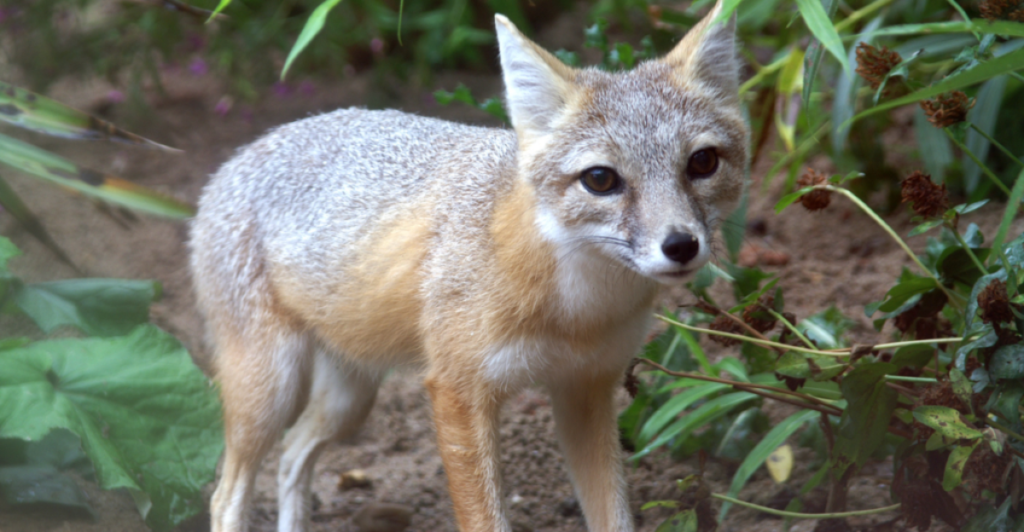
Once common across the prairies, the swift fox has faced massive population declines due to habitat loss and predator control programs aimed at coyotes. These small, fast, and incredibly agile foxes play an important role in balancing Kansas’ grassland ecosystems. Without serious conservation efforts, they could become a rare sight in the state.
Why Are These Species Disappearing?
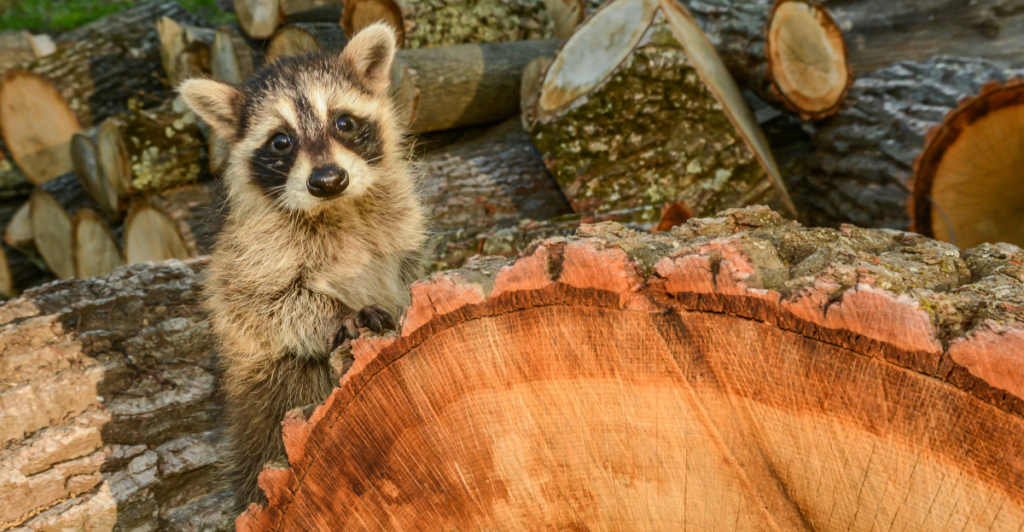
Climate change, habitat destruction, pollution, and human development have all contributed to the alarming decline of Kansas’ wildlife. Some of these species are struggling due to direct threats like hunting and poaching, while others are suffering because their habitats are shrinking at an unprecedented rate. Without urgent intervention, Kansas could lose a significant part of its natural heritage.
What Can Be Done?
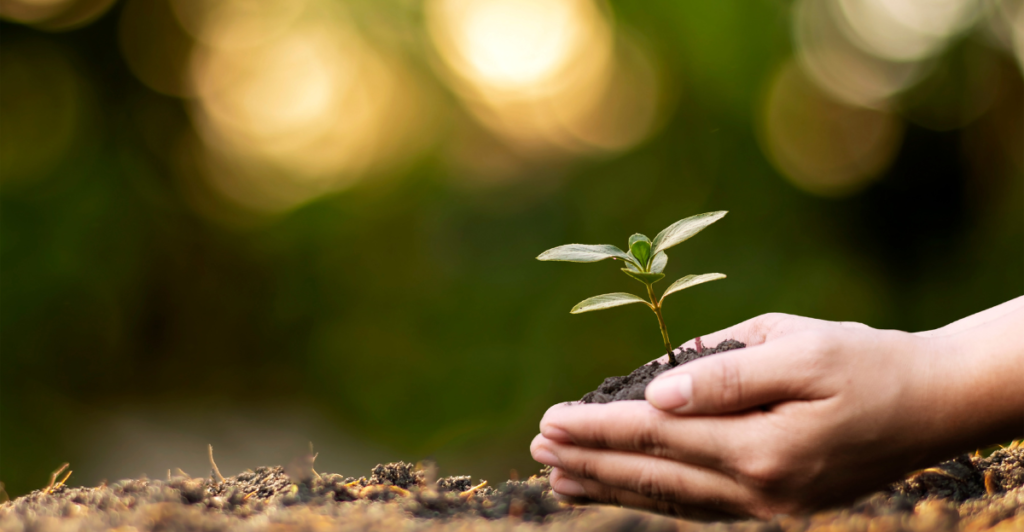
The future of these species isn’t set in stone—conservation efforts have already helped bring some species back from the brink. Supporting wildlife organizations, pushing for stronger environmental policies, and protecting natural habitats are all critical steps in ensuring these incredible creatures don’t become just memories. If we don’t act now, Kansas’ wildlife may never recover.
Explore more of our trending stories and hit Follow to keep them coming to your feed!

Don’t miss out on more stories like this! Hit the Follow button at the top of this article to stay updated with the latest news. Share your thoughts in the comments—we’d love to hear from you!







